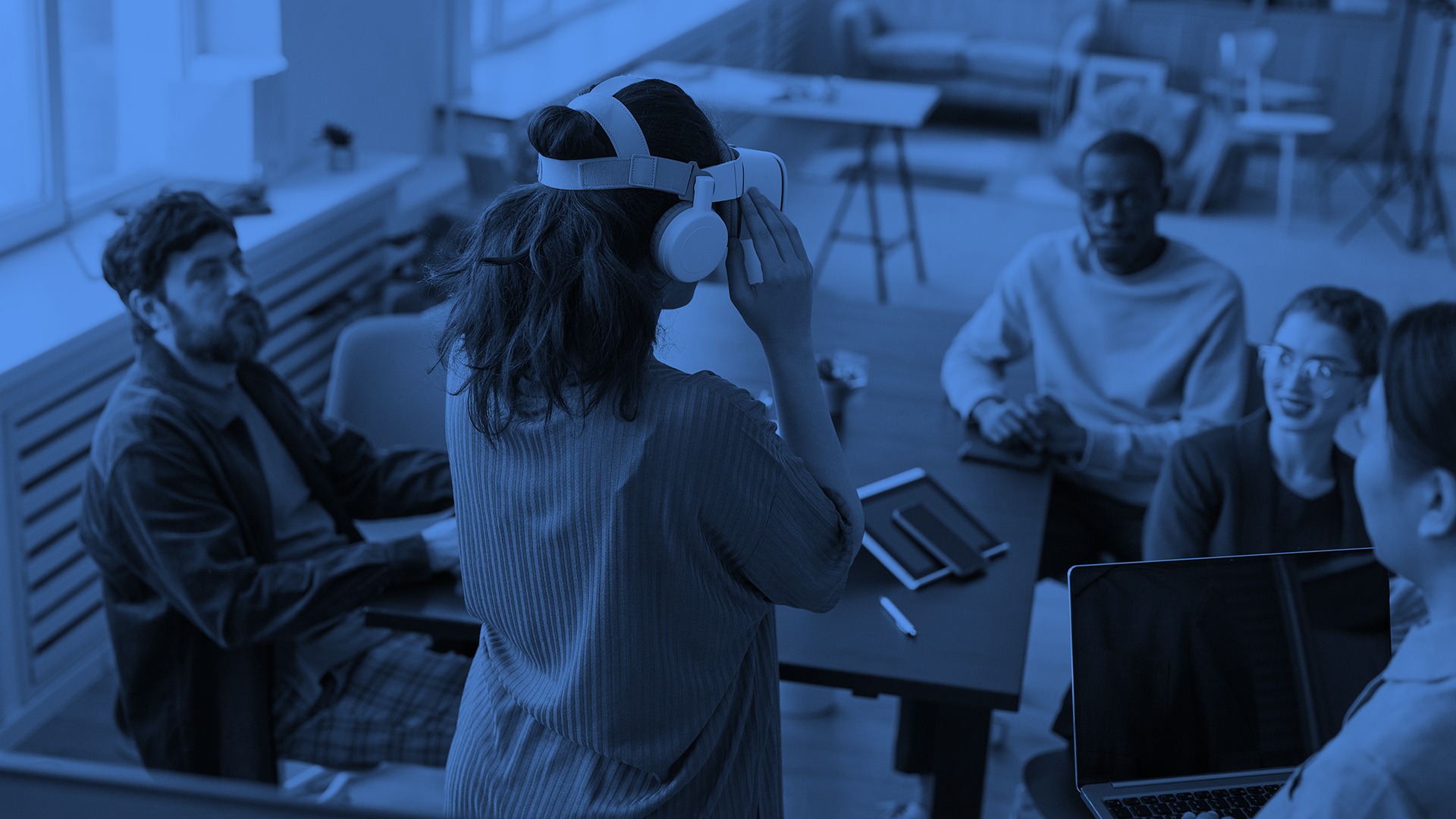In the current competitive business environment, companies are placing greater importance on the well-being of their employees. This focus on creating a healthier work environment has resulted in the increasing popularity of Wellness Programs and Employee Assistance Programs (EAPs). These initiatives benefit not only employees but also provide substantial advantages to employers by improving productivity, reducing absenteeism, and cultivating a more positive work culture.
This blog will delve into the significance of Wellness Programs and EAPs, exploring their benefits, components, and how they can be effectively implemented in the workplace.
 What Are Wellness Programs and EAPs?
What Are Wellness Programs and EAPs?
Wellness Programs are programs sponsored by employers to help employees stay healthy and feel good. These programs include different activities and resources to help with physical, mental, and emotional health. Examples of wellness programs are things like fitness challenges, advice on healthy eating, ways to manage stress, and check-ups to prevent health problems.
Employee Assistance Programs (EAPs) are workplace services that offer confidential support to employees dealing with personal or work-related issues. These programs provide counseling, legal assistance, financial advice, and other resources to help employees manage their personal lives. This support can reduce stress and improve job performance.
The Benefits of Wellness Programs and EAPs
1. Enhanced Employee Health and Well-being
Wellness programs often include activities such as fitness challenges, gym memberships, and health screenings, which encourage employees to stay active and monitor their health. Consequently, this leads to a reduction in chronic diseases, lower healthcare costs, and fewer sick days.
Employee Assistance Programs (EAPs) provide critical mental health support by offering counseling and therapy services. Employees can access these resources to manage stress, anxiety, depression, or other mental health issues, leading to improved emotional well-being.
2. Increased Productivity and Engagement
When employees feel good in body and mind, they’re more likely to be enthusiastic and do well at work. Programs that encourage a healthy lifestyle can help boost energy, improve focus, and lead to better performance. Employee Assistance Programs (EAPs) provide support for personal issues like money worries, legal problems, and relationship issues so that employees can stay focused and do their best at work.
3. Reduced Absenteeism and Presenteeism
Absenteeism: Healthier employees are less likely to take sick days, leading to reduced absenteeism. Wellness programs that encourage regular exercise, healthy eating, and preventive care contribute to this reduction.
Presenteeism: Employees who come to work despite health issues may not perform at their best, a phenomenon known as presenteeism. By addressing mental and physical health through EAPs and wellness programs, companies can minimize presenteeism and ensure that employees are fully present and productive when they are at work.
4. Improved Employee Retention and Recruitment
Investing in wellness programs and Employee Assistance Programs (EAPs) can enhance employee satisfaction and loyalty, ultimately reducing turnover rates and associated recruitment costs. These initiatives also make companies more attractive to potential hires. In a competitive job market, offering strong wellness programs and EAPs can set a company apart as an employer of choice, attracting top talent who value a supportive and health-conscious work environment.
5. Positive Workplace Culture
Wellness programs and EAPs contribute to a positive workplace culture by fostering a sense of community and mutual support. Group activities like fitness challenges or wellness workshops bring employees together, strengthening team bonds and boosting morale.
EAPs provide a safety net for employees, showing them that their employer cares about their well-being beyond just their work performance. This creates a more compassionate and supportive workplace where employees feel valued and respected.
Key Components of Wellness Programs
To maximize the effectiveness of wellness programs, employers should consider incorporating the following components:
1. Fitness and Physical Activity Initiatives
Offering on-site fitness centers or gym memberships.Organizing group fitness challenges, such as step-count competitions or yoga sessions.Providing incentives for employees who participate in physical activity programs.
2. Nutritional Support
Offering healthy meal options in the workplace cafeteria or vending machines.Providing access to nutritional counseling or diet planning services.Hosting workshops on healthy eating and cooking demonstrations.
3. Mental Health Resources
Providing mindfulness and meditation sessions to help employees manage stress.Offering workshops on mental health awareness and resilience training.Ensuring access to confidential counseling services through the EAP.
4. Preventive Health Screenings
Organizing regular health screenings for conditions such as high blood pressure, cholesterol, and diabetes.Offering flu vaccinations and other preventive health measures.Providing educational resources on the importance of regular check-ups and preventive care.
5. Stress Management Programs
Conducting stress management workshops and providing tools such as stress-relief apps.Creating quiet spaces or relaxation rooms where employees can take a break.Encouraging regular breaks and time off to prevent burnout.
Key Components of Employee Assistance Programs (EAPs)
Effective EAPs typically include a variety of services that cater to the diverse needs of employees:
1. Counseling Services
Offering confidential counseling for personal issues such as stress, anxiety, depression, relationship problems, and substance abuse.Providing both in-person and virtual counseling options to accommodate different preferences.
2. Financial and Legal Assistance
Offering financial planning services to help employees manage their finances, including budgeting, debt management, and retirement planning.Providing legal advice and resources for issues such as divorce, custody disputes, or estate planning.
3. Work-life Balance Support
Offering resources and support for work-life balance, such as childcare and eldercare assistance.Guiding in managing time effectively and reducing work-related stress.
4. Crisis Intervention
Offering immediate support and resources during times of crisis, such as natural disasters, workplace incidents, or personal emergencies.Providing trauma counseling and critical incident stress management services.
5. Training and Education
Providing training for managers and employees on how to recognize and address personal issues that might affect work performance.Offering workshops on topics such as conflict resolution, communication skills, and stress management.
Implementing Wellness Programs and EAPs: Best Practices
To ensure the success of wellness programs and EAPs, employers should follow these best practices:
1. Assess Employee Needs
Conduct surveys or focus groups to understand the specific needs and interests of your workforce. Tailor your wellness programs and EAPs to address these needs effectively.
2. Communicate Effectively
Ensure that employees are aware of the available wellness programs and EAPs. Use multiple communication channels, such as email, intranet, and posters, to promote these resources. Regularly remind employees of the benefits and encourage participation through success stories and testimonials.
3. Ensure Confidentiality
Particularly for EAPs, maintaining confidentiality is crucial. Employees must feel secure that their personal information will be kept private and that seeking help will not negatively impact their jobs.
4. Provide Access and Flexibility
Make wellness programs and EAPs easily accessible. Offer flexible options, such as virtual sessions for counseling or on-demand wellness resources, to accommodate employees’ different schedules and locations.
5. Measure and Adjust
Regularly evaluate the effectiveness of your wellness programs and EAPs through feedback, participation rates, and health outcomes. Use this data to make informed adjustments and improvements.
Conclusion
Wellness Programs and Employee Assistance Programs (EAPs) are powerful tools that can transform the workplace into a healthier, more supportive environment. By addressing both the physical and mental well-being of employees, these programs not only enhance individual health but also contribute to a more productive, engaged, and loyal workforce.
As the focus on employee well-being continues to grow, companies that invest in comprehensive wellness initiatives and robust EAPs will stand out as leaders in creating a workplace where employees can thrive. Whether you’re looking to reduce healthcare costs, improve retention, or simply create a more positive work culture, integrating Wellness Programs and EAPs into your organization is a strategic move that benefits everyone.


 What Are Wellness Programs and EAPs?
What Are Wellness Programs and EAPs?





























